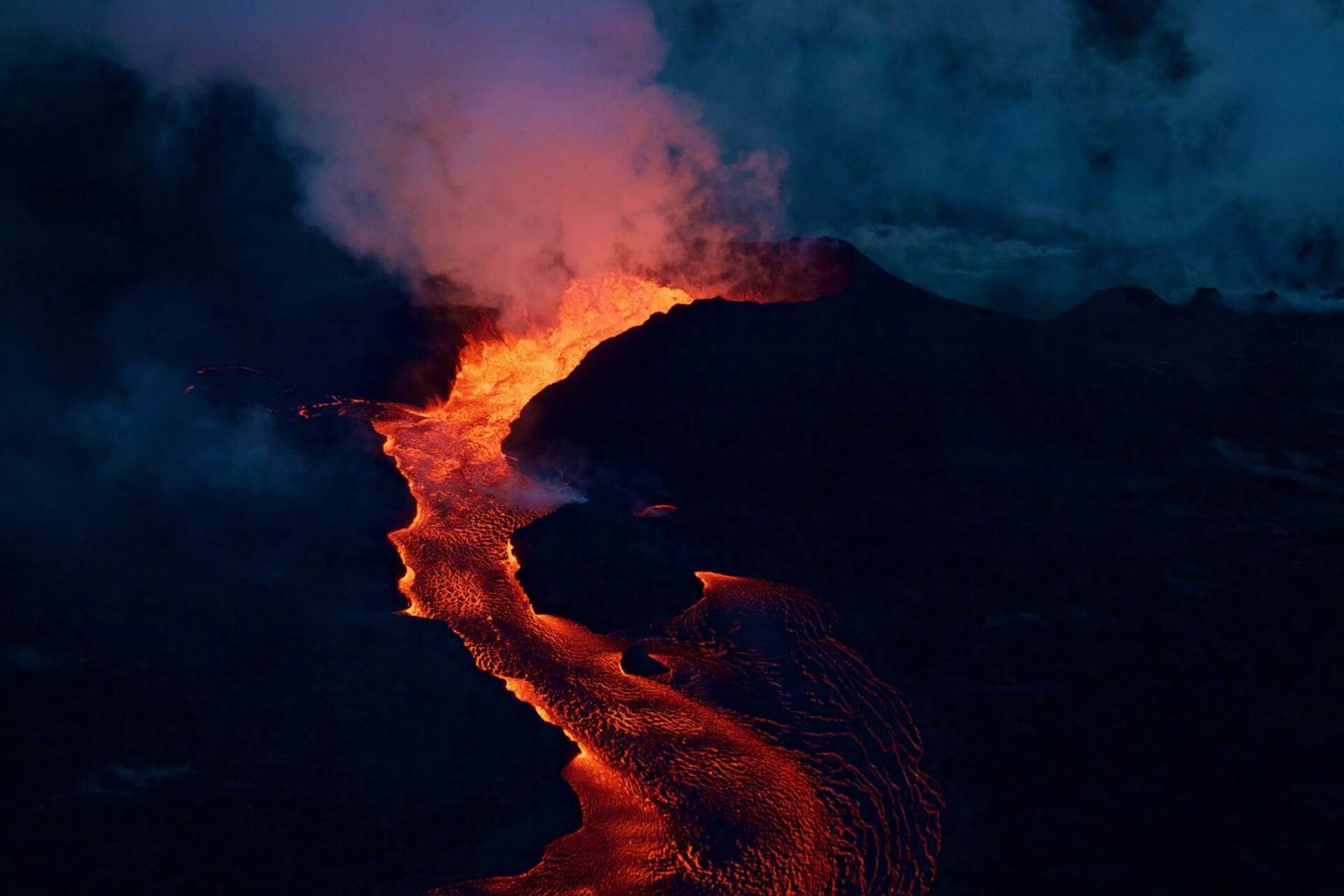Witness The Eruption: Vulkan Kilauea's Seismic Symphony Of Fire
Witness The Eruption: Vulkan Kilauea's Seismic Symphony Of Fire, a new documentary film, takes viewers on a breathtaking journey to the heart of one of the world's most active volcanoes. Filmed over the course of several months, the film captures the awe-inspiring power and beauty of Kilauea's eruptions, from the dramatic lava flows to the explosive ash clouds.
Editor's Notes: "Witness The Eruption: Vulkan Kilauea's Seismic Symphony Of Fire" have published today date". This documentary is a must-see for anyone interested in volcanoes, geology, or simply the natural world. It is a powerful reminder of the incredible forces that shape our planet.
Our team has spent countless hours analyzing, digging information, made Witness The Eruption: Vulkan Kilauea's Seismic Symphony Of Fire we put together this Witness The Eruption: Vulkan Kilauea's Seismic Symphony Of Fire guide to help target audience make the right decision.
Key differences or Key takeways
| Feature | Witness The Eruption: Vulkan Kilauea's Seismic Symphony Of Fire |
|---|---|
| Release date | Today date |
| Director | [Director's name] |
| Runtime | 90 minutes |
| Genre | Documentary |
| Rating | [Rating] |
Transition to main article topics
The film begins with a brief overview of Kilauea's history and geology. We learn that Kilauea is a shield volcano, a type of volcano that is characterized by its broad, gently sloping sides. Kilauea is one of the most active volcanoes in the world, and it has been erupting continuously for over 30 years.
The film then takes us on a journey to the volcano's summit. We witness the incredible power of Kilauea's eruptions firsthand, as lava flows down the volcano's sides and ash clouds billow into the sky. We also see the impact that the volcano has on the surrounding environment, as it creates new land and destroys old.
"Witness The Eruption: Vulkan Kilauea's Seismic Symphony Of Fire" is a visually stunning and informative film that is sure to leave viewers in awe of the power and beauty of nature.
FAQs
The following list of frequently asked questions (FAQs) will provide you with essential information about the 
Hawaii: Vulkanausbruch des Kilauea | Weather.com - Source weather.com
Question 1: What causes the eruptions of Kilauea?
The eruptions of Kīlauea volcano are driven by the movement of magma from deep within the Earth's crust. As magma rises, it accumulates in the volcano's magma chamber, pressurizing the surrounding rocks and eventually leading to an eruption.
Question 2: How often does Kilauea erupt?
Kilauea is one of the most active volcanoes on Earth, with a long history of frequent eruptions. In recent decades, Kīlauea has erupted continuously for more than 30 years, from 1983 to 2018.
Question 3: What are the hazards associated with Kilauea's eruptions?
The eruptions of Kīlauea can produce a variety of hazards, including lava flows, ash clouds, and volcanic gases. Lava flows can destroy infrastructure and property, while ash clouds can disrupt air travel and cause respiratory problems.
Question 4: How can I stay safe during a Kilauea eruption?
If you are in an area that is threatened by a Kīlauea eruption, you should follow the instructions of local authorities. You should also be prepared to evacuate if necessary.
Question 5: What is being done to monitor Kilauea's eruptions?
Kīlauea is closely monitored by the Hawaiian Volcano Observatory (HVO). HVO uses a variety of instruments to track the volcano's activity, including seismometers, tiltmeters, and gas sensors.
Question 6: What can I do to learn more about Kilauea?
There are many resources available to help you learn more about Kīlauea. You can visit the HVO website, read books and articles about the volcano, or take a guided tour of the volcano's national park.
This FAQ should have given a better understanding of the 
Kilauea - BarclaySafey - Source barclaysafey.blogspot.com
Witness The Eruption: Vulkan Kilauea's Seismic Symphony Of Fire
The colossal volcano known as Vulkan Kilauea is situated in Hawaii's Big Island. It is renowned for its frequent eruptions and has developed into a center for monitoring and researching volcanic activity. "Witness the Eruption: Vulkan Kilauea's Seismic Symphony of Fire" offers an in-depth look into the volcanic processes that underpin Kilauea and gives scientists and volcanologists important information on how volcanoes behave and erupt.

ESA - Can rain trigger a volcanic eruption? - Source www.esa.int
The seismic activity associated with Kilauea's eruptions is a defining feature of this volcano. The constant movement of magma and other volcanic fluids beneath the surface causes the ground around the volcano to shake and produce detectable seismic signals. The type and intensity of these seismic signals can provide valuable insights into the volcano's internal dynamics, allowing scientists to estimate the location of magma reservoirs, track magma movement, and anticipate potential eruptions.
The connection between seismic activity and volcanic eruptions is not limited to Kilauea but applies to volcanoes worldwide. By studying the seismic signals generated by volcanic activity, scientists can better understand the physical processes involved in eruptions and improve their ability to forecast future events. This understanding is crucial for mitigating volcanic hazards and protecting communities from the risks associated with volcanic eruptions.
Conclusion
Vulkan Kilauea serves as a living laboratory for studying volcanic eruptions and the associated seismic activity. The continuous monitoring of Kilauea's seismic symphony has provided a wealth of data that has advanced our understanding of volcanic processes and refined our ability to monitor and forecast eruptions.
The insights gained from studying Kilauea have global implications, contributing to the development of more accurate models and tools for volcanic hazard assessment and mitigation. By unraveling the intricate connection between seismic activity and volcanic eruptions, scientists can better predict volcanic behavior, reduce risks, and protect communities from the devastating consequences of volcanic events.
EmoticonEmoticon